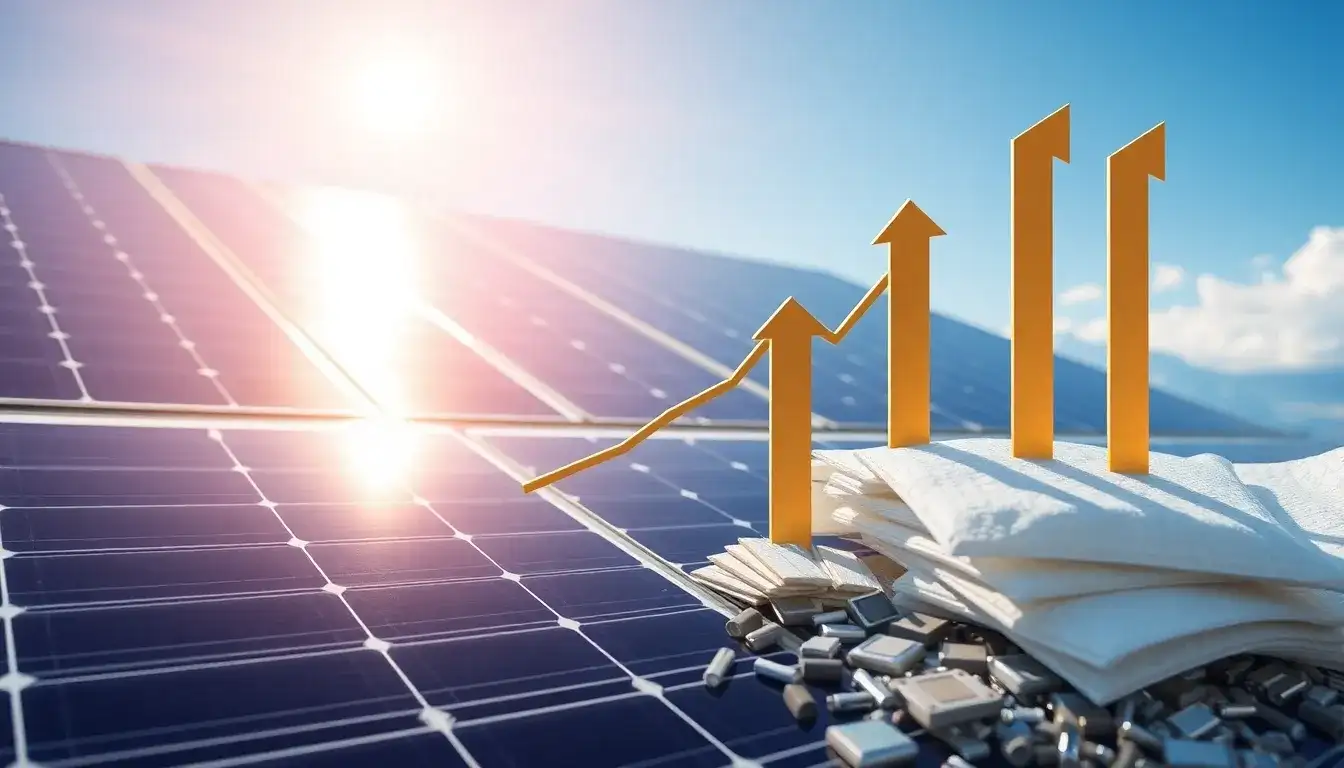
In recent weeks, the domestic photovoltaic market has experienced a surge driven by a “rush to install” as companies scramble to meet new policy deadlines. This has led to significant price increases across various segments of the photovoltaic supply chain, particularly in the price of photovoltaic-grade EVA (ethylene-vinyl acetate copolymer), which has garnered considerable attention.
According to data from Shanghai Metal Market (SMM), as of March 18, the mainstream transaction price for photovoltaic-grade EVA reached 11,652.98 yuan per ton, marking it as the highest price for the month. This figure, which peaked on March 17, reflects an increase of 154.04 yuan per ton compared to the previous week. The average price has risen from 11,404.41 yuan per ton at the beginning of March, resulting in a cumulative increase of 248.57 yuan per ton.
The rush to install in the first half of 2025 is largely due to new policy changes. Starting May 31, distributed photovoltaic projects that begin operations will transition to market-based electricity trading, where prices will be determined via bidding, eliminating previous government subsidies. This shift has prompted companies to expedite project timelines to secure current high subsidy rates, thereby increasing demand for photovoltaic modules and related raw materials.
Photovoltaic-grade EVA is primarily used as a packaging material in photovoltaic manufacturing and constitutes a significant portion of the cost of encapsulants, making it a crucial factor in overall module costs. The continuous rise in EVA prices places considerable pressure on encapsulant manufacturers.
SMM analysis indicates that the supply and demand dynamics for photovoltaic-grade EVA are tightening due to the rush to install, with spot market supplies becoming increasingly scarce. Although downstream encapsulant manufacturers have expressed resistance to rising costs, strong demand continues to drive EVA prices upward. One key focus in the competitive market is whether the rising EVA prices can be effectively passed on to encapsulant prices and if those price increases will be accepted by downstream module manufacturers. If cost transmission does not occur smoothly, profit margins for encapsulant firms may be squeezed.
In addition, component prices have also risen due to the rush to install, with current quotes approaching 0.8 yuan per watt, and certain popular models are experiencing supply shortages. Prices for silicon wafers and solar cells have also seen varying degrees of increase, demonstrating the comprehensive impact of the rush to install across the entire supply chain.
Source: New Beijing News







